| Author |
 Replies: 29 / Views: 693 Replies: 29 / Views: 693 |
|
|
|
Valued Member
359 Posts |
|
|
Bedrock Of The Community
11507 Posts |
|
|
Valued Member
359 Posts |
|
|
I agree with the idea proposed by danko..., it is likely that 3 types of paper were used for this model...thick, thin and pelure. |
Send note to Staff 
|
| Edited by Murasama - Yesterday 2:47 pm |
|
|
Bedrock Of The Community
11507 Posts |
|
|
Quote:
I agree with the idea proposed by danko..., it is likely that 3 types of paper were used for this model...thick, thin and pelure. No, no and no. I collected Russia for years and sold my six figure collection through a Raritan stamps auction. I used Loral for material and Zverev, Lyapin and Zagorsky for reference. I had expert guidance to build my collection and had numerous certified copies. I know a little bit about Russian stamps. The 1922 Liberation of Work stamps are on two types of paper, regular and pelure. There is no "thin". Danko threw the thought out there that there are other types floating around and I don't know what Danko's experience or basis is, but he should contact all of the experts and let them know. Do I come across as frustrated? You bet. This happens once in a while when someone muddies the waters with zero basis. So, believe what you want. I am going to eat dinner. |
Send note to Staff 
|
|
|
Valued Member
359 Posts |
|
|
My personal opinion, from my little experience, is that if officially SC#211 was only issued on two papers, the stamp could be pelure, the thinness and high transparency with sizing would be the key, I think. In addition, the difference between the paper and the other model is very evident when backlit, even if my feeling of being thicker or thinner, more or less smooth, was wrong. But it is also very evident compared to the NWA that it is not so fine as to look grayish... although both are very fine and have the same sizing. I'll give you a backlit photo of the NWA. 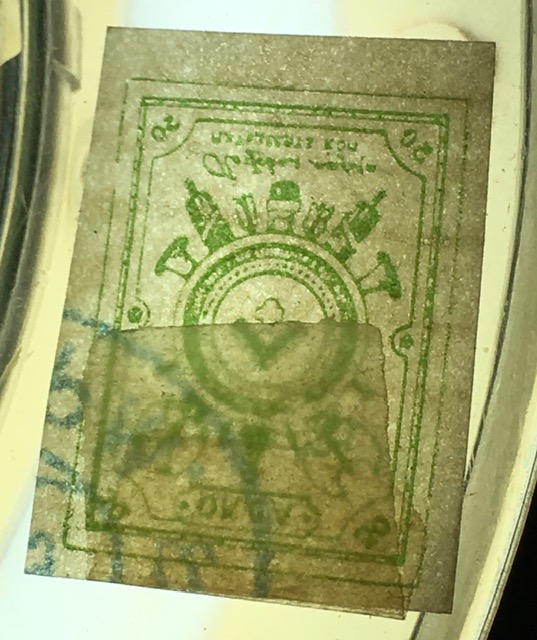 |
Send note to Staff 
|
| Edited by Murasama - Yesterday 6:28 pm |
|
|
Pillar Of The Community
United States
705 Posts |
|
|
Murasama Welcome to the wonderful world of stamp collecting, where nothing is for certain until you have 3 certificates from different, very respectful experts all saying the same thing. And even then, there will be some doubters like me  rogdcam I'm sorry, I didn't mean to send you into a tailspin. My USSR collection is very humble, nowhere near 6 figures, and I don't even have #211a, or any other pelure paper stamp from this issue. And you are correct, I may have misspoke about a couple of things. So let me correct them. By saying that pelure paper does not have the mesh, I meant paper from the same place from the same time period. Pelure paper on other USSR issues from 1921-1922 does not have a proper geometrical mesh like woven paper does, and as you can see on the OP's stamps. Pelure paper (from USSR from this period) has absolutely random and very spotty trellice. Here is the picture from another post. 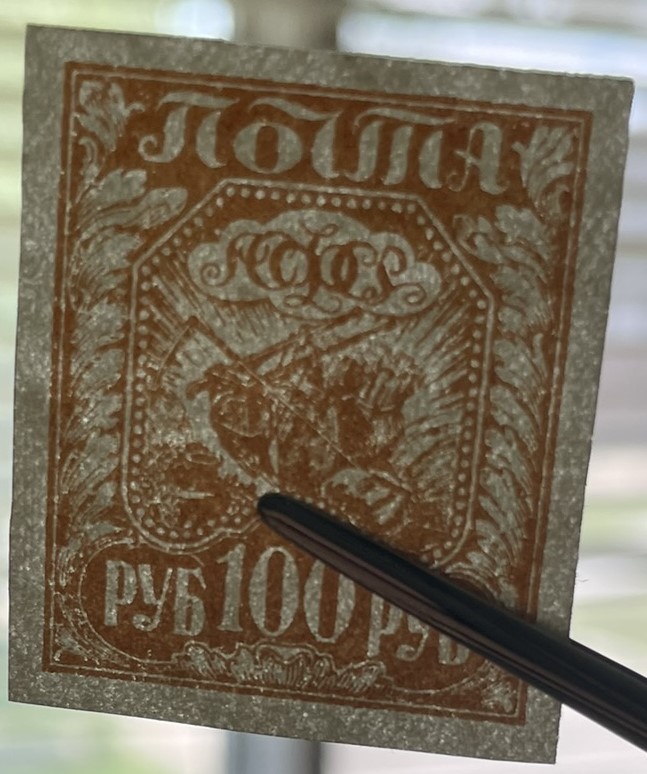 Unless this issue was issued on a different pelure paper than that used on previous 1922 issues, which seems unlikely, then OP's stamps are not on pelure paper. You are correct that my statement on paper thickness is just an assumption, based on observation, and not a historical fact. It may not be the paper, it could be the gum, but I do have several copies from this issue and some look noticeably thinner than the others, but none are on pelur paper. However, giving the very poor state of Russian's economy in 1922, and the country on general, it is very likely that paper and gum was coming from wherever they could get it from. I would expect significant variations in paper quality/thickness and gum formulas on the stamps of that period. But that is just my humble opinion. I don't claim to be an expert. |
Send note to Staff 
|
|
|
Valued Member
359 Posts |
|
|
Pillar Of The Community
United States
6831 Posts |
|
|
I am not likely to have more than a handful of 1922 stamps, and poorly organized. However, I'll be at two bourses in the next three weeks, and I'll see at least two dealers with good Russia holdings. I'll bring my Mitutoyo micrometer and see if I can make any observations about paper thicknesses. The micrometer has resolution to .001mm.
(I don't think it's controversial to say) Scott identifying two options only means that Scott identifies two options. It doesn't mean that there are only two options. I expect variability in paper thicknesses. (I collect British Commonwealth, and I occasionally see relatively significant differences in paper thickness from arguably the tightest production system of the first half of the twentieth century.)
That said, seeing pelure in person is typically pretty obvious. If you can flick your thumbnail against the edge, even better. |
Send note to Staff 
|
|
|
Pillar Of The Community
United States
705 Posts |
|
|
Murasama I think you are missing my point. The mesh on your stamps has proper geometrical alignment of horizontal and vertical rows. This is representative of wove paper, as shown in the picture below. Pelure paper does not have that kind of mesh. The clearer spots you see on pelure paper is just a random arrangement of more finer (clearer) material and more fibery (darker) material in the paper. That is what I see under good light and good magnification. Some one much smarter than me can dive into a paper making process for these types of paper to better explain the difference. 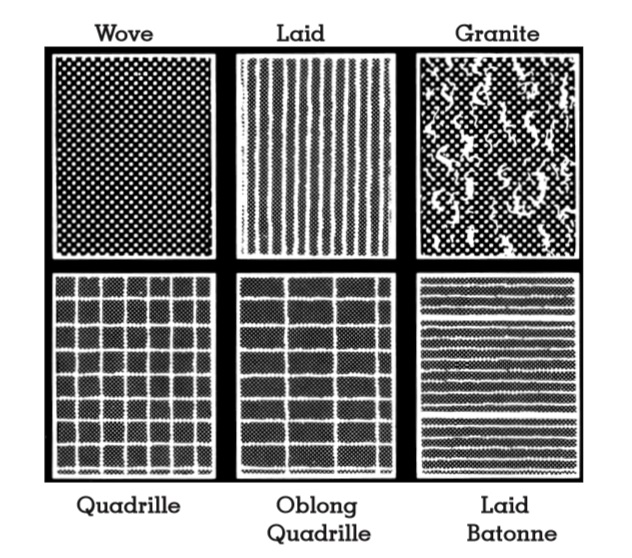 |
Send note to Staff 
|
|
|
Valued Member
359 Posts |
|
|
I understand what you mean, but comparing with the stamp in your example what I mistakenly called "mesh", in my stamp it is really the same random arrangement of fine and fibrous material, although my specimen may seem to be arranged in a perfectly geometric way (perhaps because the surface is larger) this is not the case.
On the other hand, both the texture, the sizing, the thinness, the high transparency, the snap... personally, they distance me from the idea that it is wove paper. |
Send note to Staff 
|
|
|
Pillar Of The Community
United States
812 Posts |
|
|
I've checked my collection. First, the German stamps I referenced are defined in Scott as transparent paper and is very different than pelure. My mistake in that I misremembered the paper description. Second, for Russia, I have one Scott #211 and three Scott #212 and all are very thin, hard, sharp edged paper, but are not pelure. They look like the OP stamp in question. I also have #210b, which is absolutely pelure and it is nothing like the OP stamp from a paper perspective. I have a couple other pelure from that same time frame, each similar to the #210b. So my vote: OP stamp is not pelure. If it was, my 3 copies would catalog at $120 each (2019 catalog) and it's unlikely I would have that many copies of #212a which is the pelure variety. |
Send note to Staff 
|
| Edited by NicholasC - Today 8 Hrs 33 Min ago |
|
|
Pillar Of The Community
Romania
588 Posts |
|
|
Interesting discussion about pelure paper. @murasama, I have a few similar stamps: 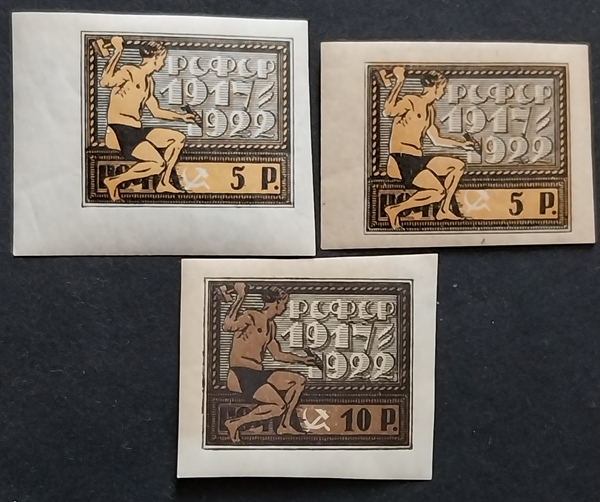 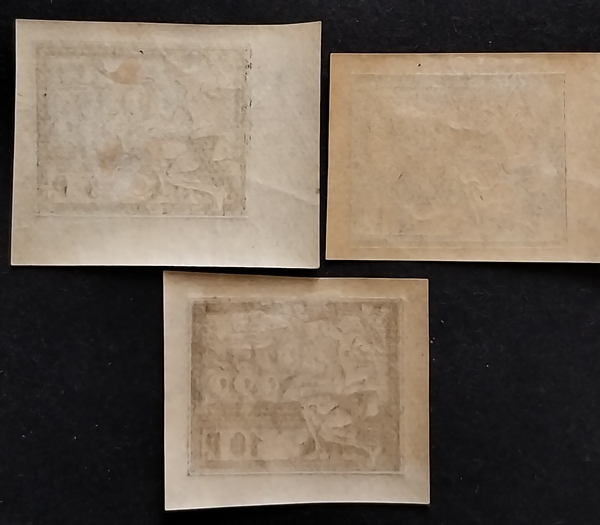 The paper is in two colors (white/yellow) but they have the same thickness of 0.07 mm and in natural light they have the same structure: 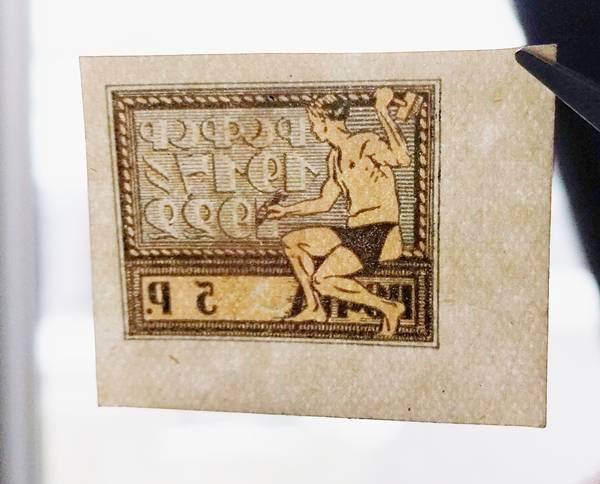 Since the word "pelure" is of French origin, I searched and found the following description:  It is essential to note (see arrows) the paper used in typewriters. I found a document from 1944 that I believe is this "pelure" paper. It has a thickness of 0.04 mm and looks (front/back/and in natural light): 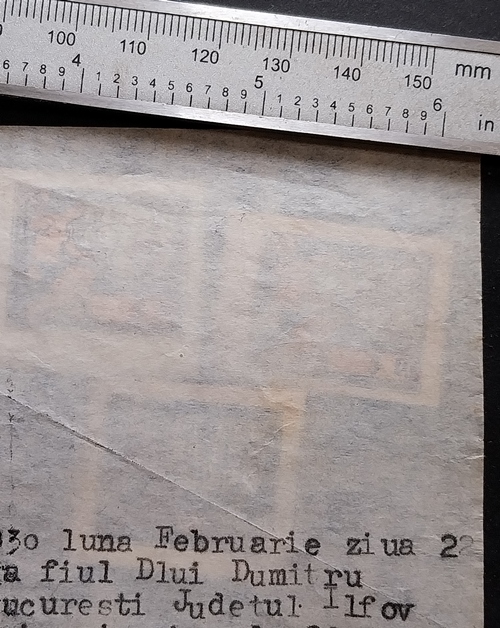 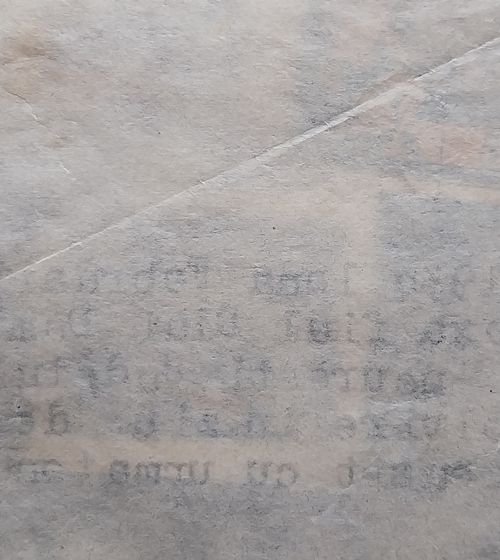 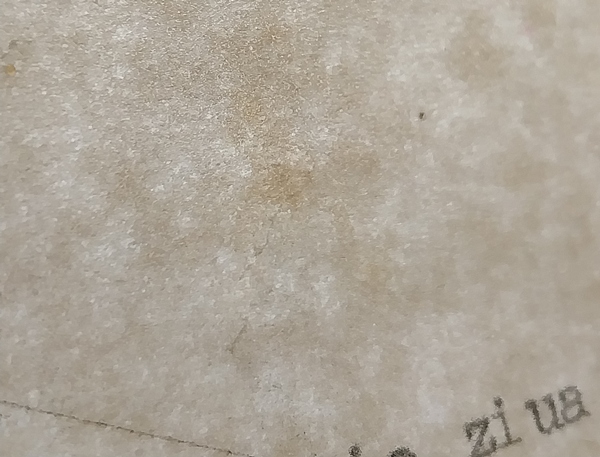 I hope it helps you. |
Send note to Staff 
|
| Edited by cupram - Today 6 Hrs 59 Min ago |
|
|
Bedrock Of The Community
11507 Posts |
|
|
This is getting over thinked. For purposes of the Scott catalog specific to this stamp it is pelure. I provided a link on page one of this thread to a past SCF topic but I don't think anyone read it. It contains a reference in part to: Quote:
Pelure paper is generally a misused term in classic U.S. philately. The true pelure papers are found on the Hawaiian missionary stamps, a thin, crisp, hard, transparent paper with a bluish or grayish tinge that is quite brittle. What are normally termed 'pelure' papers in U.S. classic philately are 'thin' sheets of paper, created deliberately to make up the correct weight of a ream of paper, the measure by which it is normally sold.
For example in the first American Letter Mail stamp these thin papers (called erroneously pelure) ranged from 1.8 to 2.2 mils in thickness compared with a normal stamp paper range of 3.2 to 3.7 mils. About fifty sheets of this thin paper were used in the production of the New York provisional adhesive. The thin papers are not brittle or as transparent as true pelure paper. Extra thick paper is also made and can be found among some of the U. S. independent mail adhesives. In the case of the American Letter Mail stamps these ranged from 4 to 4.5 mils in thickness, or about 20% thicker than normal. https://www.nystamp.org/postal-hist...ic-is-paper/This is how the catalogs view this. You can replace the "US" with any other Country. If you want to properly identify your stamp it is pelure. If you want keep going with a science experiment then have at it and create a new type of 211. |
Send note to Staff 
|
|
|
Valued Member
359 Posts |
|
|
Thank you all very much!! These contributions are of great usefulness and quality!!
At this point I think that the micrometer will be necessary to move forward... |
Send note to Staff 
|
|
 Replies: 29 / Views: 693 Replies: 29 / Views: 693 |
|
